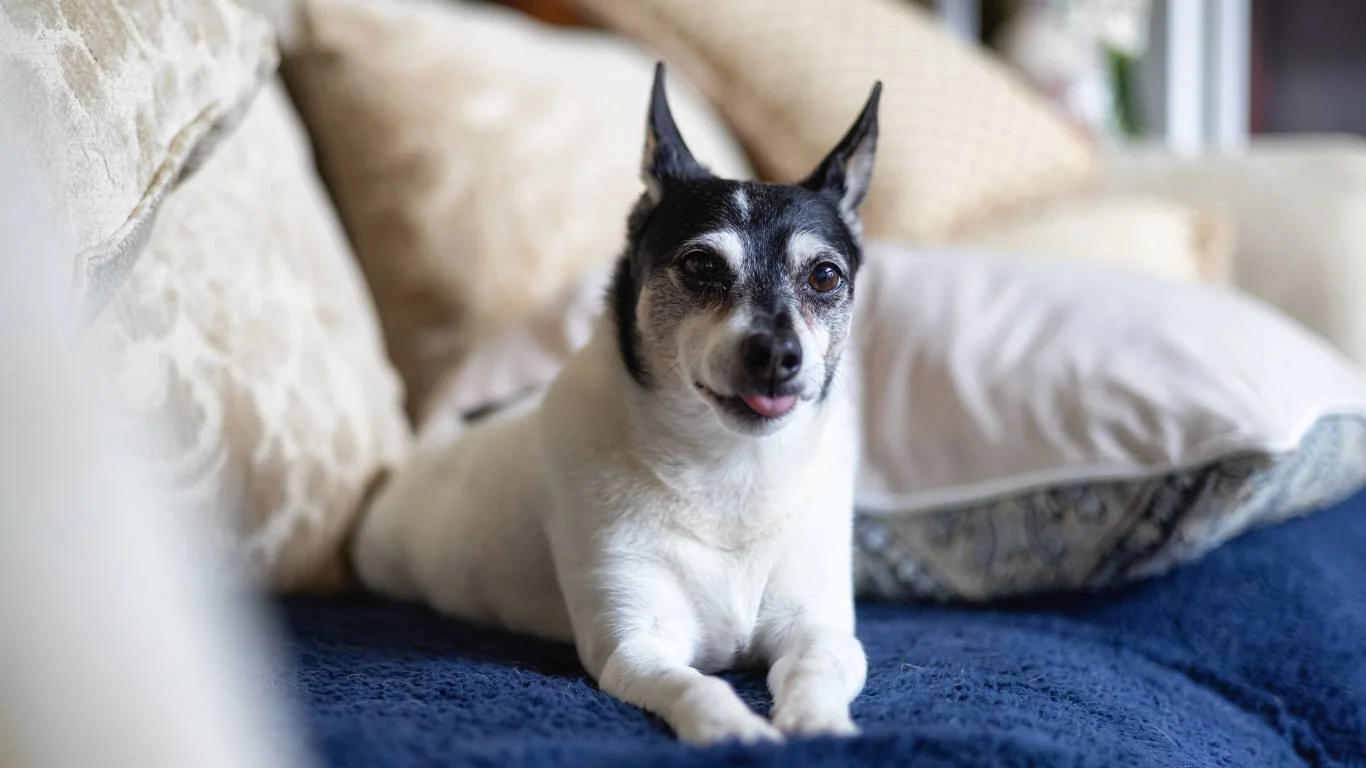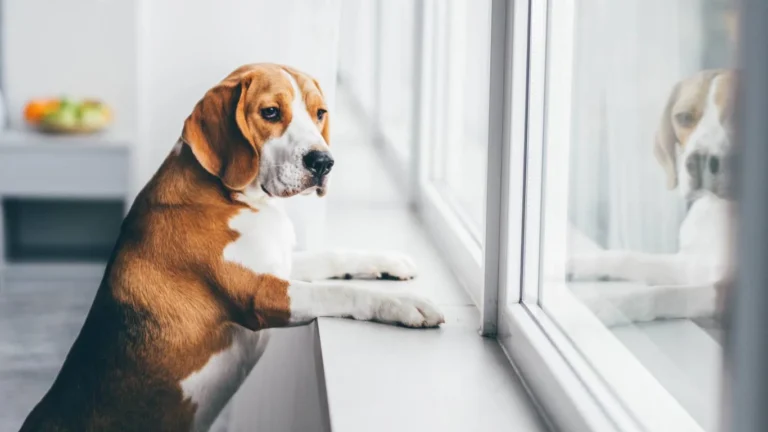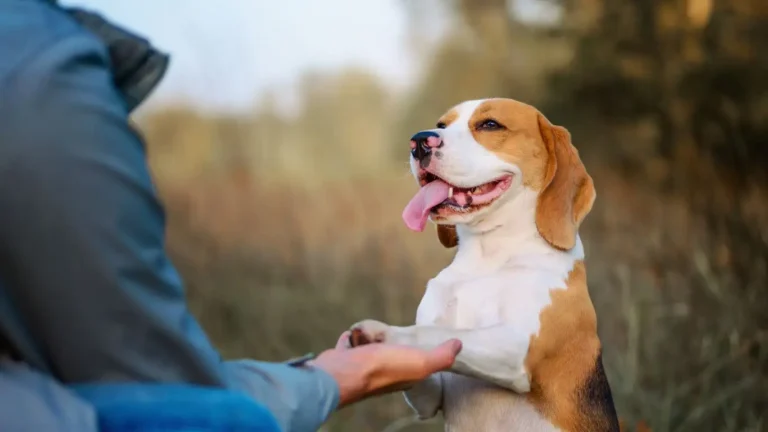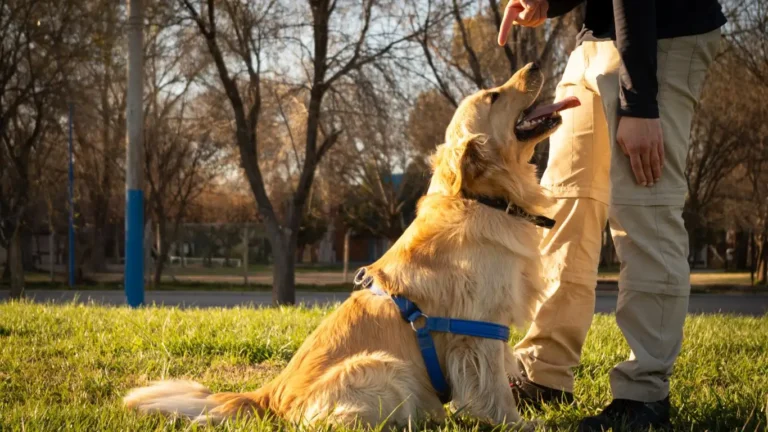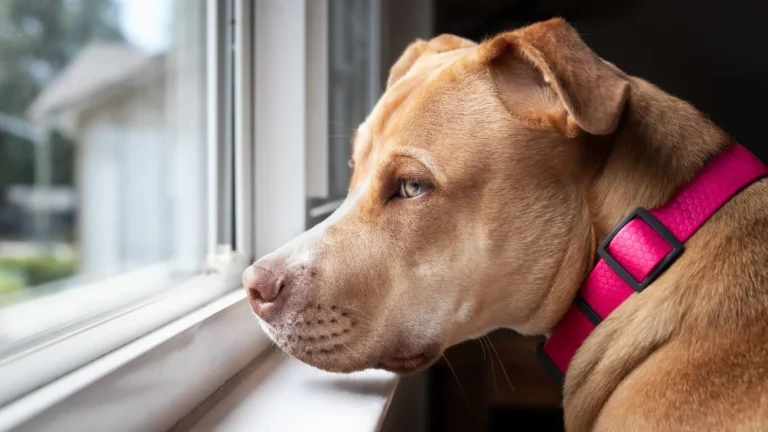How to Stop a Dog from Scooting on the Carpet: Simple Fixes That Work
If you’ve ever caught your dog dragging their behind across your pristine carpet like it’s a slip-and-slide, you’re not alone. Figuring out how to stop a dog from scooting on the carpet is something a lot of pet parents struggle with—and I’ve seen it plenty of times in the clinic. It’s a mix of gross, hilarious, and honestly, kind of worrisome. As a Veterinary Assistant with a focus on pet nutrition, I’ve learned that scooting can be about a lot more than just an itchy butt. From diet to impacted anal glands, there’s usually something going on beneath the surface. Let’s dig into the most common causes and how to help your pup find some relief (and save your carpet in the process).
Why Is My Dog Scooting Across the Floor Like That?
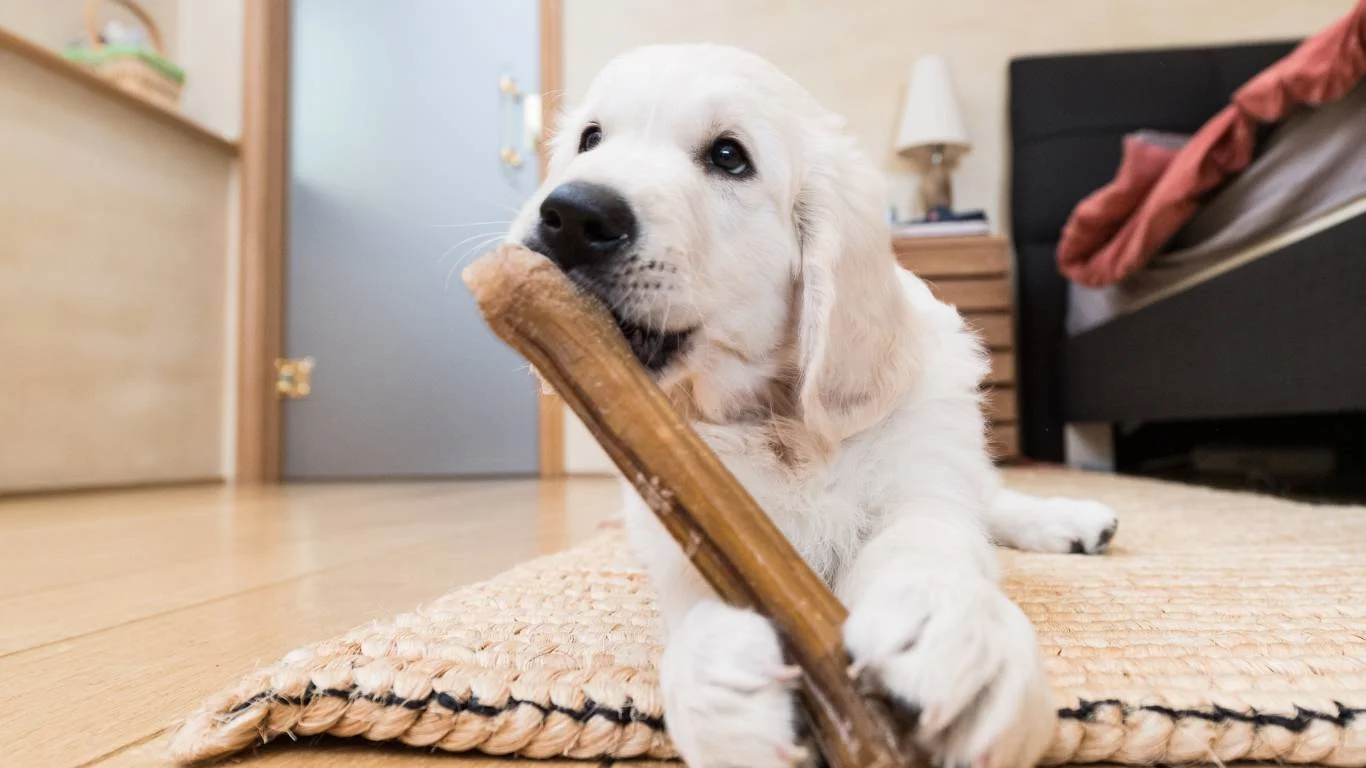
Scooting is usually your dog’s way of telling you, “Hey, something back there doesn’t feel right.” While it might look like they’re just being weird, there’s often a legit health issue driving the behavior.
1. Anal Gland Issues (The #1 Offender)
Let’s get right to it—anal glands. These tiny sacs located on either side of your dog’s anus are supposed to release fluid during bowel movements. When they don’t drain properly, they become full, irritated, or even infected, leading your dog to scoot in a desperate attempt to relieve the pressure.
I’ve lost count of how many dogs I’ve helped express their anal glands over the years. Sometimes it’s routine, and other times it turns into a gooey, smelly mess (not for the faint-hearted!). If your dog’s scooting frequently, and especially if there’s a strong fishy odor, this is your most likely culprit.
2. Worms: The Wriggling Problem
Yep, intestinal parasites—especially tapeworms—can cause that itchy, irritating feeling around your dog’s backside. I remember a sweet Golden Retriever named Bailey who kept scooting despite perfect anal gland health. Turned out, she had tapeworm segments causing the irritation. A quick fecal test and a dewormer later, no more scooting!
- Check for rice-like segments around their anus or in their stool
- Get a vet to run a fecal exam
- Keep up with monthly parasite prevention
3. Allergies: Food and Environmental Triggers
Itchy skin isn’t just limited to your dog’s paws or belly. Sometimes, dogs with allergies get itchy all over—including in those hard-to-reach rear areas. I’ve seen some dogs scoot when they’re having a reaction to food additives, grain fillers, or even certain proteins. Others might be reacting to grass, dust mites, or even flea bites.
In my experience, switching to a limited ingredient or hydrolyzed protein diet often helped allergic pups. It’s not always an overnight fix, but it’s a huge part of the puzzle.
How to Stop a Dog from Scooting on the Carpet (Without Losing Your Mind)
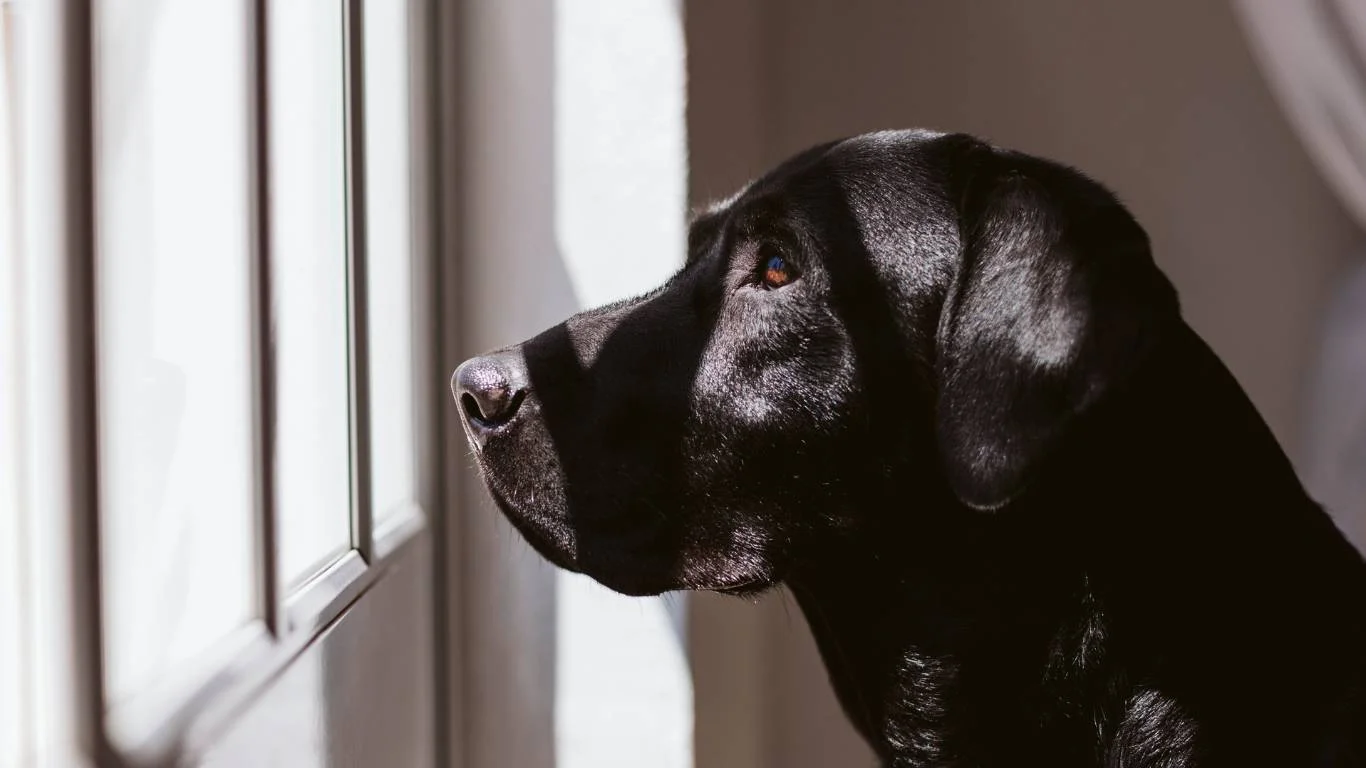
1. Start With a Vet Visit
I can’t stress this enough—if your dog is suddenly scooting a lot, don’t just guess. You’ll want to rule out infections, parasites, and gland issues first. Most vet clinics (like the one I work at) can handle an anal gland expression in under 10 minutes. If there’s an infection or abscess, your pup might need antibiotics or even surgery in more serious cases.
2. Consider a Diet Change
Nutrition plays a surprisingly big role here. If your dog’s stools are too soft, they might not be putting enough pressure on the glands to express naturally. A firmer stool can help solve this organically.
Here are a few things I often recommend:
- More fiber: Pumpkin puree (unsweetened), cooked sweet potatoes, or vet-approved fiber supplements
- Switch to high-quality kibble: Look for limited ingredient diets with real meat as the first ingredient
- Probiotics: These help regulate digestion and immune response
I’ve seen dogs who went from chronic scooting to zero incidents just from adding a spoonful of pumpkin daily. It’s a small change with big results.
3. Keep Their Backside Clean
Let’s be honest—dogs aren’t the best at wiping. If residue builds up around the anus, it can cause discomfort and lead to scooting. Use unscented dog-safe wipes or a damp cloth to gently clean the area if needed. Some longer-haired breeds might benefit from a little hygiene trim back there (just be cautious or get a groomer’s help).
4. Try Omega-3 Fatty Acids
Another trick I love? Omega-3 supplements. They help reduce inflammation and support skin health, which can ease itchiness overall. Fish oil is the most common go-to, but there are also great plant-based options. Just make sure you’re giving the right dosage—too much can cause diarrhea.
Preventing the Problem Before It Starts
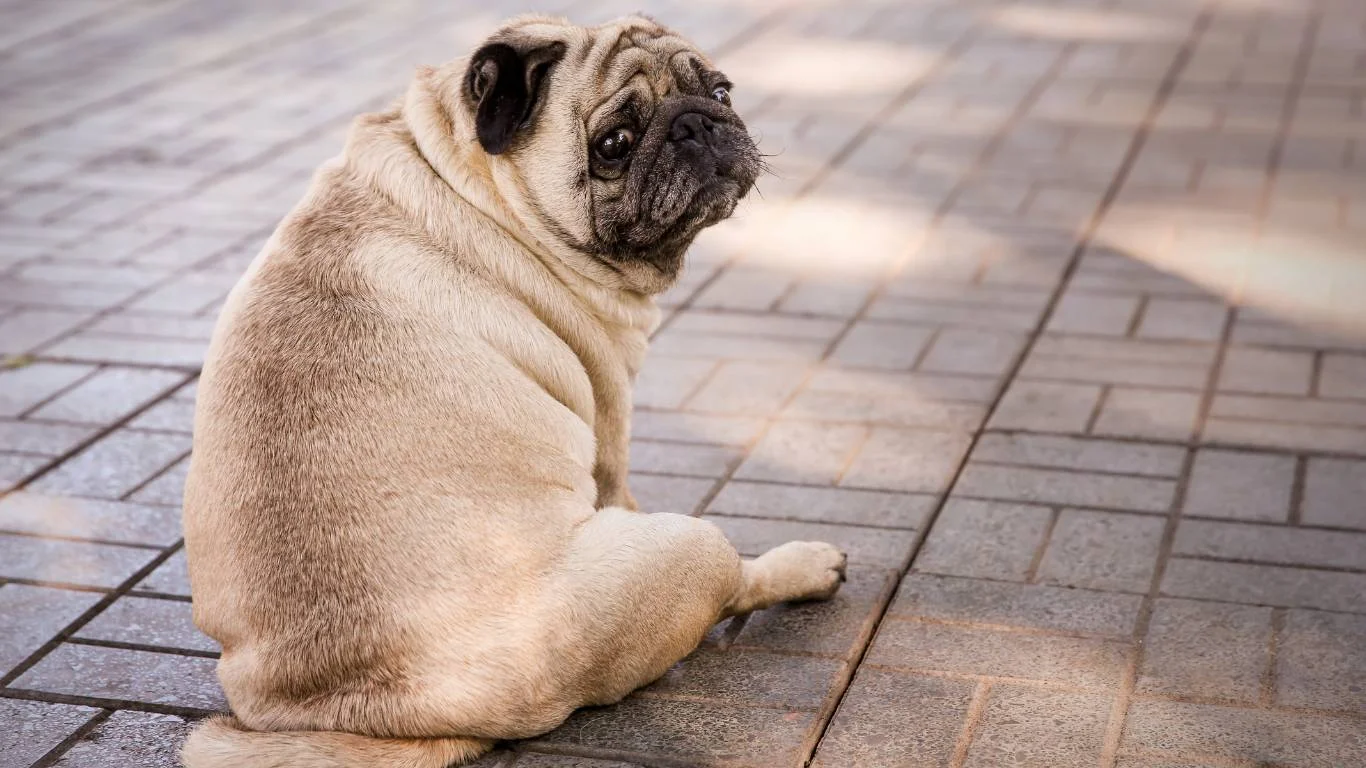
Once you get a handle on the scooting, you’ll want to keep it from coming back. Prevention is where the real magic happens. Here’s what I recommend as part of your dog’s regular routine:
- Regular vet checkups (at least annually, or more often if there are recurring issues)
- Keep up with stool checks and deworming
- Feed a balanced, high-fiber diet
- Daily walks and consistent potty habits
- Clean their rear end as needed, especially for long-haired breeds
As someone who’s worked hands-on with hundreds of dogs, I can tell you—most cases of scooting are fixable with a little detective work and consistency. And hey, your carpet will thank you too.
Other Lesser-Known Reasons Dogs Scoot (and You Might Not Expect)
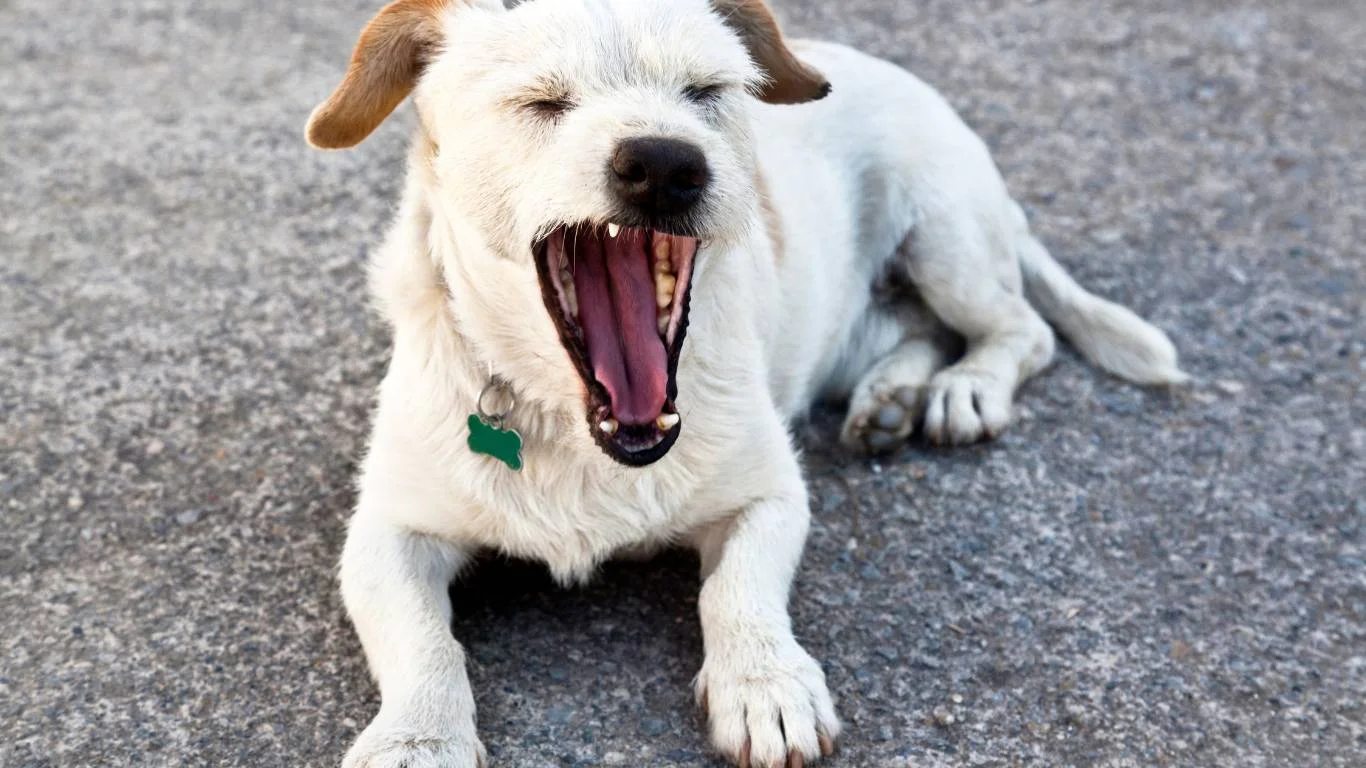
While anal glands, worms, and allergies are definitely the big three, there are some more low-key reasons your dog might be doing the booty drag. These often get overlooked, especially if the obvious issues have already been ruled out. I’ve had a few cases where the answer surprised even the most experienced pet parents.
1. Skin Infections or Hot Spots Around the Rear
Sometimes, it’s not internal at all—it’s on the skin. Bacterial or yeast infections can pop up around the anus, especially in dogs with folds or thicker fur. This can make everything feel itchy and irritated, prompting a scoot-fest.
I once worked with a bulldog named Hank who had a persistent yeast infection right around the base of his tail. No gland issues, no parasites—but he kept dragging his bum like it was a sport. A topical antifungal did the trick. Don’t overlook those red or moist patches!
2. Matting or Debris Stuck in the Fur
This one’s common in long-haired breeds like Shih Tzus, Goldendoodles, or even Collies. If poop gets stuck in the fur back there—or if the hair mats—it can pull on the skin and feel super uncomfortable. Imagine having tape stuck in your own hair… back there. Yeah, no thanks.
If you’re not up for trimming around the rear yourself (which is fair—some dogs don’t make it easy), a professional groomer can do a quick sanitary trim. It can make a world of difference.
3. Behavioral or Anxiety-Driven Scooting
Believe it or not, some dogs scoot out of habit or stress. It’s not super common, but I’ve seen it. Just like some pups lick their paws excessively when anxious, scooting can become a weird coping behavior. Dogs are quirky like that.
In one case, we had a rescue pup named Rosie who scooted mainly when left alone. Her vet ruled out all the usual suspects, and it turned out she was experiencing separation anxiety. Once we addressed that with training and calming aids, the scooting faded away.
Natural Remedies That Actually Work (Tried and True)

Look, I’m not one of those people who throws essential oils at every problem—but I do believe in using gentle, natural solutions when they actually help. Over the years, I’ve collected a little toolkit of remedies I recommend to clients looking to treat or prevent scooting without going overboard.
1. Pumpkin (Still the MVP)
You’ve probably heard this one before, and for good reason. Pure canned pumpkin (not pie filling!) is high in fiber and helps firm up stools naturally. Firmer poop equals better anal gland function. I usually suggest starting with 1 to 2 teaspoons per meal for small dogs and up to a tablespoon for larger breeds.
2. Omega-3s (Fish Oil or Algae-Based)
We touched on this in Part 1, but it’s worth repeating. Omega-3s fight inflammation and improve skin health. When the rear end is less itchy, there’s less reason to scoot. I often recommend wild-caught salmon oil or a vet-recommended algae-based supplement for pups with sensitive stomachs.
3. Probiotics
Gut health and rear-end issues? More connected than you’d think. A good probiotic helps with digestion, reduces food sensitivities, and supports the immune system. I’ve seen dogs stop scooting once their gut biome was brought back into balance. Look for strains like Lactobacillus and Bifidobacterium.
4. Witch Hazel or Aloe-Based Wipes
For external irritation, soothing wipes can work wonders. After a messy bowel movement or during allergy flare-ups, gently wiping the area can reduce the urge to scoot. Make sure you’re using dog-safe, unscented products—no baby wipes or harsh chemicals.
Should You Express Anal Glands at Home?

Okay, let’s talk about the elephant in the room—or rather, the… gland. A lot of pet parents want to know if they should try expressing their dog’s anal glands at home. Here’s the real deal from someone who’s done it a *lot* in clinical settings: It’s not for everyone.
While it’s technically something you can learn to do, I usually caution folks against doing it without proper guidance. You risk causing pain, injury, or even infection if done incorrectly. Plus, it’s just not pleasant (for you or your dog). If you’re seeing signs like:
- Frequent scooting
- Tail chasing or licking at the rear
- Swelling or redness near the anus
- Fishy odor
…then get your vet to do an exam and expression. It’s quick, safe, and you’ll know it’s done right.
When Scooting Becomes an Emergency (Yep, Sometimes It’s Serious)
In most cases, scooting isn’t an emergency—it’s gross, maybe annoying, but not urgent. But there are rare times when it can signal something more serious.
Keep an eye out for:
- Blood around the anus or in the stool
- Excessive swelling or pain
- Fever or lethargy
- Refusal to eat or poop
These symptoms could point to an anal gland abscess, perianal fistulas, or even tumors. I’ve seen a few scary cases where clients waited too long, thinking it was “just scooting.” Trust your gut—if something feels off, call the vet. Better safe than sorry.
Let’s Talk Poop (Yes, Really)
This might sound weird, but you learn a lot from looking at your dog’s poop. Stool that’s too soft or too hard can throw off everything, including anal gland health. When I talk with clients, we always go over what the “ideal poop” looks like—it should be:
- Firm but not rock hard
- Log-shaped, not mushy
- Consistent in texture
If your dog’s poop doesn’t check those boxes, adjusting their diet might be the first step toward saying goodbye to the dreaded scoot.
Creating a Long-Term Plan to Stop Your Dog from Scooting on the Carpet
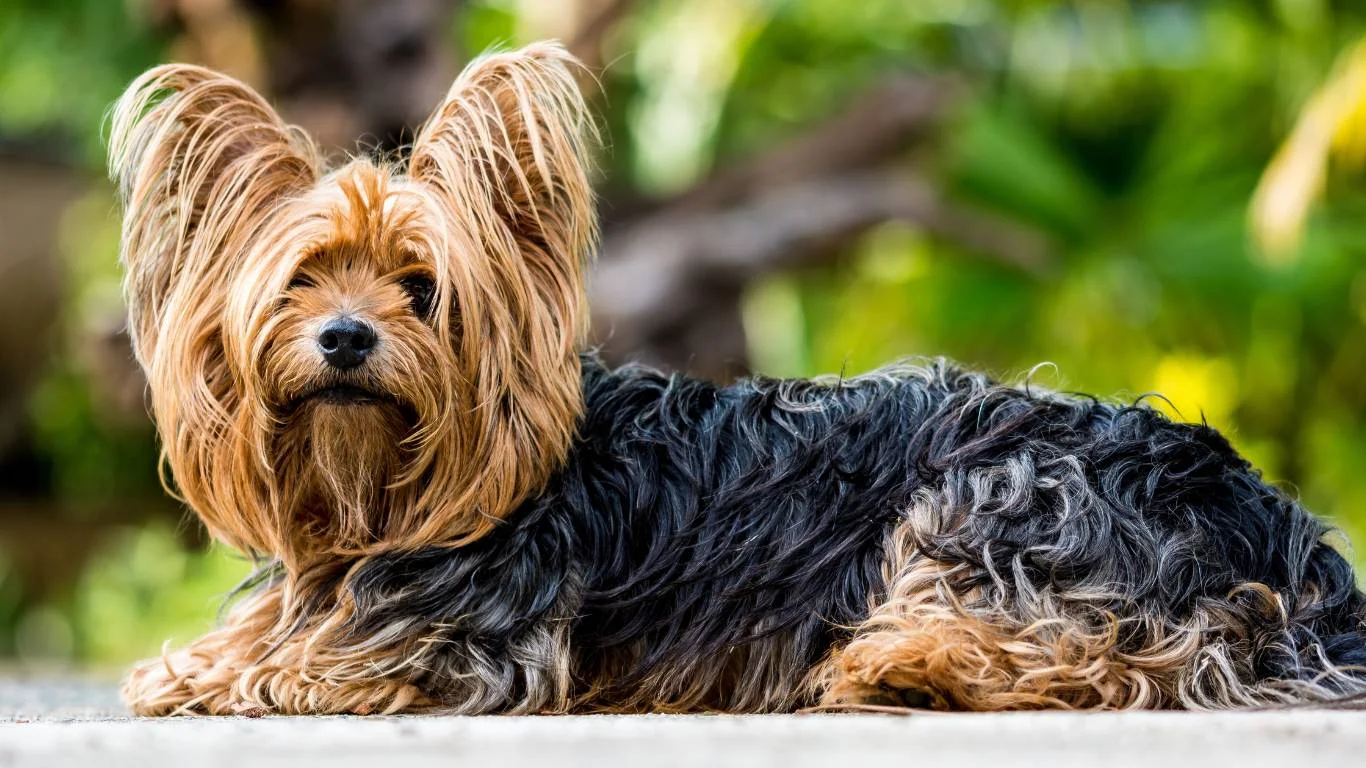
Now that we’ve unpacked all the common (and not-so-common) causes of scooting, it’s time to shift into long-term mode. If you’re wondering how to stop a dog from scooting on the carpet for good, it really comes down to creating a consistent care routine. And trust me, once you have a plan in place, you won’t have to cringe every time your pup starts dragging their rear across your rug.
In the clinic, I’ve worked with plenty of frustrated dog parents—especially those with repeat offenders. And what I’ve noticed is this: when they commit to a mix of diet, hygiene, vet care, and observation, the scooting either stops completely or becomes super rare. Let’s walk through how to do that yourself.
1. Stick to a Balanced, High-Fiber Diet
Honestly, I can’t say this enough—your dog’s poop can make or break their anal gland health. If the stool is too soft, those little glands won’t express naturally. If it’s too hard, they might strain and end up uncomfortable. A balanced diet tailored to your dog’s breed, size, and sensitivities is essential.
Here’s what to look for in a quality dog food:
- Real meat as the first ingredient
- Added fiber like beet pulp, pumpkin, or sweet potato
- Omega-3 fatty acids for inflammation support
- Zero fillers like corn, soy, or artificial preservatives
If you’re ever unsure, talk to your vet or a certified canine nutritionist. And don’t be afraid to try a few different formulas—what works for one dog might not work for another.
2. Schedule Regular Vet Checks
Even if your pup seems fine, it’s smart to get their anal glands checked out during their regular exams—especially if they’ve had issues before. Many clinics (like mine) will give them a quick expression as part of a wellness visit. It’s better than waiting for the scoot signal.
In some cases, especially with small breeds like Chihuahuas or Lhasas, your vet might suggest doing gland expressions every month or two as a preventive step. It’s quick, inexpensive, and can save your pup (and your floor) a lot of discomfort.
3. Keep Grooming and Hygiene a Priority
If your dog has a fluffy behind, grooming isn’t just about looks—it’s health maintenance. Matted fur, stuck debris, and poor hygiene can lead to irritation and infections. I always recommend a “sanitary trim” every 4–6 weeks for long-haired breeds.
And don’t forget:
- Use unscented, dog-safe wipes after messy poops
- Dry the area gently if your dog gets wet or muddy
- Check for signs of redness or irritation during baths
Helping Anxious or Senior Dogs Stop Scooting
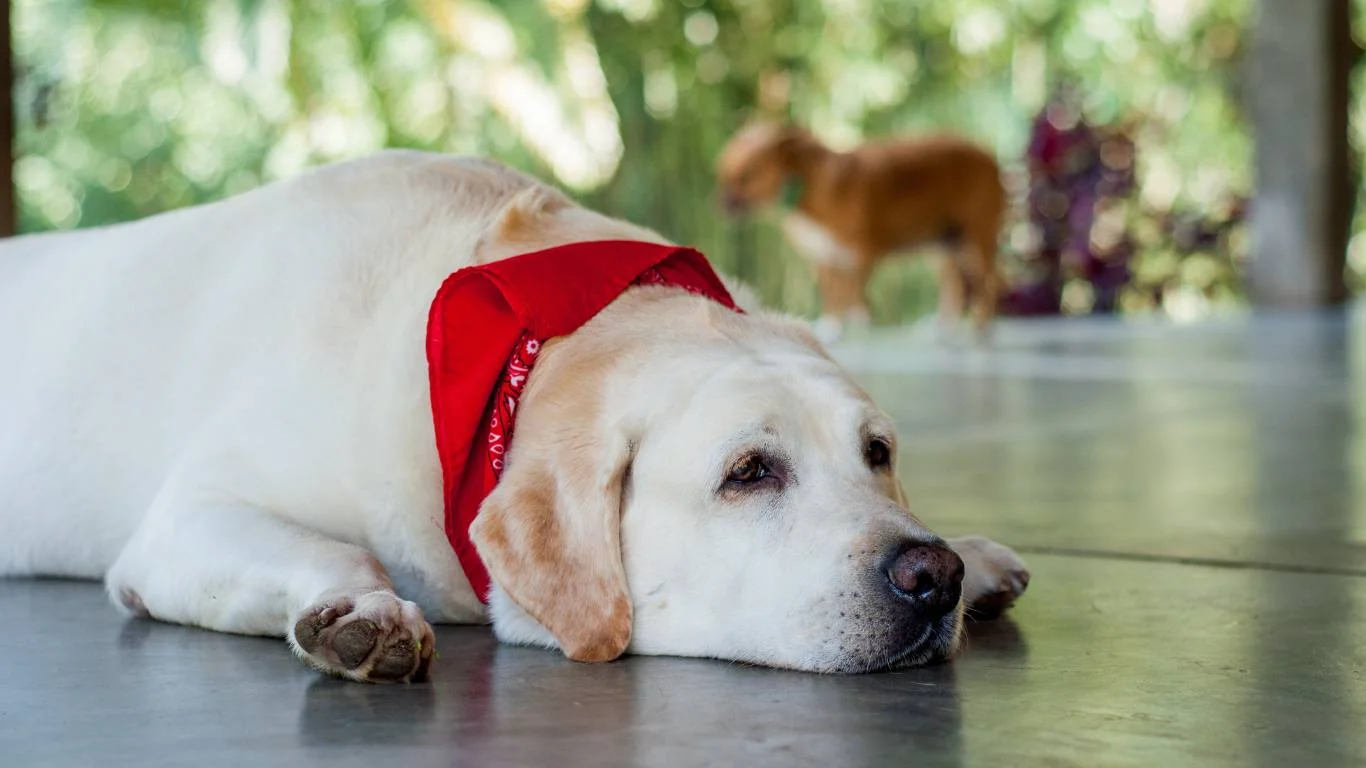
If your dog is older or prone to anxiety, the scooting may be part of a larger wellness picture. I’ve seen some senior dogs begin scooting because they’re less active, or because their poop isn’t moving through the system as efficiently anymore. Anxiety, as we mentioned before, can also trigger some pretty odd behaviors—including dragging their rear.
For senior dogs:
- Add joint supplements to ease discomfort when squatting or walking
- Keep walks frequent and low-impact to stimulate digestion
- Offer more frequent potty breaks to reduce accidents or strain
For anxious pups:
- Introduce calming chews or pheromone diffusers
- Use a consistent routine to reduce nervous behaviors
- Work with a trainer or behaviorist if scooting is part of a stress response
I once had a Schnauzer named Daisy in the clinic who started scooting after her owners moved houses. Nothing was physically wrong—it was just stress. A few months of calming support and behavioral reinforcement later, and she was back to her goofy self (with no scooting in sight).
Is Surgery Ever Needed?
Surgery is definitely the last resort, but in rare cases, it’s necessary. Some dogs develop chronic anal sac disease, repeated abscesses, or tumors that just won’t respond to typical treatments. In those cases, vets may recommend anal sac removal—a procedure called anal sacculectomy.
It sounds scary, but in the right hands, it’s a safe and effective option. Recovery takes a bit of time, and there’s always a risk of complications, but I’ve seen it completely resolve long-term scooting issues for dogs who were suffering constantly.
Always talk to a board-certified vet surgeon before going this route. It’s not for mild or occasional scooting—only when there’s a chronic or serious underlying cause that isn’t responding to anything else.
When to Ask for a Second Opinion
If you’ve tried everything—diet, hygiene, vet visits—and your dog is still scooting like they’re in a bumper car derby, it might be time for a second look. Persistent scooting with no clear cause could be something deeper, like a neurological issue or even a growth inside the rectal area.
Getting a second opinion, or even a referral to a veterinary dermatologist or internist, can give you peace of mind. Your pup deserves relief—and you deserve a clean carpet.
References
Disclaimer
This article is based on personal experience and general veterinary knowledge gathered over years working as a Veterinary Assistant with a focus on nutrition. It is not intended to replace professional veterinary advice. If your dog is showing signs of pain, distress, or persistent scooting, please consult your veterinarian for a full diagnosis and treatment plan.
